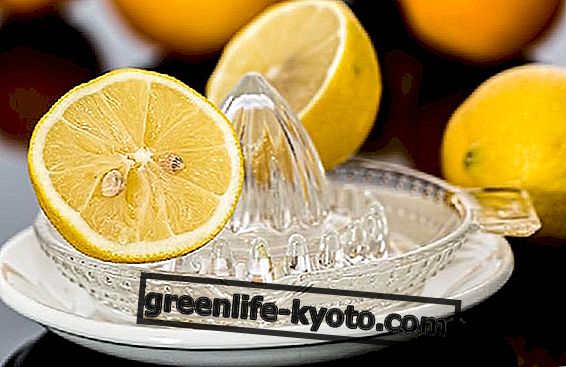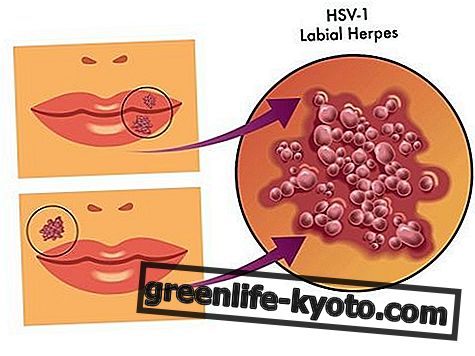
We are never alone. No, it is not a philosophical motto nor a meager consolation, let alone the announcement of the arrival of extraterrestrials, but a scientific observation: our intestine hosts a real "world" of bacteria that live with us.
Medicine speaks of microbiota as the set of these microorganisms and now there are many scientific studies to confirm and support. The number of microbiota cells is six times that of human cells, and there are 4 million (yes, millions) of different species. So we are even in the minority!
The bacteria that live there play a fundamental role - and the most unknown - for our health, for example protecting us from the invasion of harmful bacteria, producing vitamins and facilitating the assimilation processes of food.
We must take loving care of them, if only if they get sick, we get sick too! The best way to treat them is a healthy lifestyle combined with a correct diet . But in case of need we must literally repopulate the microbiota. This is what lactic ferments are for . What are? And where do we find them?
Live milk ferments: what they are
They are also called probiotics (pro-bios, meaning "in favor of life"), or lactic ferments, as they are present in the fermentation processes, initially studied in milk.
These are our "bacteria friends", those microorganisms of the microbiota that we were talking about earlier. In cases, for example, of intestinal imbalances, poor diet, antibiotic treatments and stress, "resident" bacteria are literally decimated and bacterial or mycotic species (ie fungi, such as candida) harmful to our health can prevail which can cause cystitis, candidiasis or other.
It's time to take a supply of ferments from the outside, to go to the rescue of those inside us: we need to resort to foods or supplements rich in "good living bacteria ".
Live because they have to come this way - resisting the acidic environment of the stomach and the action of bile salts - growing and multiplying in our intestines, rebuilding the defense barrier and performing their multiple functions to the fullest.
Otherwise, in the case of generic non-probiotic lactic ferments, they will only be able to ferment milk: if they arrive inert (dead) in the intestine, they will not perform any healthy function.
Here are just some species of probiotics, among the millions of those present in the microbiota:
- Lactobacilli, which make the milk ferment and coagulate;
- Bifidobacteria;
- Enterococci.
Beware of a dangerous confusion of terms : in fact probiotics are live lactic ferments, while there are also pre-biotics, or the nutrients of bacteria, their food, which stimulates their reproduction (colonization) and are useful as a support to therapies with probiotics.
A prebiotic, for example, is inulin, a plant fiber that our body does not assimilate but of which intestinal bacteria are very "gluttonous".
Live milk ferments: where to find them
Given that the live milk enzymes live mainly in our intestines, let's see now where to find them in an emergency, or in the situations of imbalance of the microbiota (so the microbiota? Read a few lines higher!).
The best supplements of live lactic ferments are fermented foods, which are recommended to be used within the daily diet, to maintain the resident bacterial flora in good health.
Some examples of common fermented foods are:
- Yogurt
- Sauerkraut
- Fermented cheeses
- Buttermilk
Less common on our tables are fermented foods such as:
- Miso (based on soy and fermented cereals, for example barley)
- Tempeh (from fermentation of yellow soybeans)
- Kombucha (a type of tea)
Foods enriched with live milk enzymes, such as milk or yoghurt or other soy-based products, are then found on the market.
In the case in which instead there is need of a very conspicuous dose of probiotics due to more serious imbalances, it is possible to resort to integratorii, in the form of sachets (in which the ferments were deprived of the water and they are activated, they "awaken") "when we melt them in water, capsules, vials, drops (especially those for children) or bottles to keep in the refrigerator and consume quickly to have the largest number of live cultures.
However, with attention: supplements contain only certain species (strains) of enzymes. Therefore, to know which one is best to use, it is always good to consult your doctor . Better to avoid experimenting in this field.
The supplements should always be taken on an empty stomach, better in the morning, so that they can work better on our intestines.
So we are never alone. Take care of your guests, it's your health!













